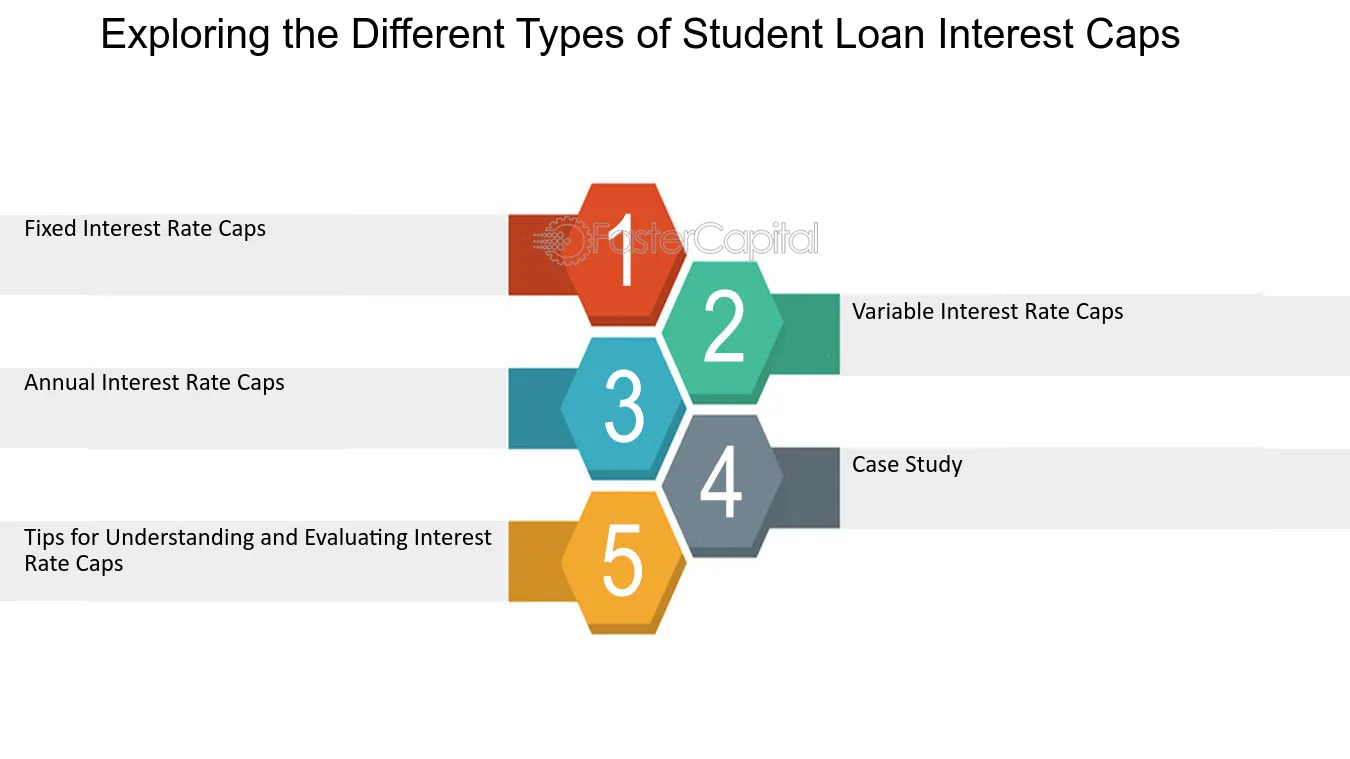Financing higher education is a significant consideration for many students and their families. Student loans provide a pathway to achieve academic goals, enabling access to colleges, universities, and professional training programs. Understanding the various types of student loans available is crucial for making informed decisions about borrowing and repayment. Each loan type has its unique features, benefits, and requirements, catering to different financial needs and circumstances.
Federal Student Loans: A Foundation for Many
Federal student loans are a primary resource for millions of students seeking financial aid. These loans are funded by the U.S. government and typically offer lower interest rates, flexible repayment plans, and other borrower protections compared to private loans. They are available to undergraduate, graduate, and professional students.
Direct Subsidized Loans
These loans are available to undergraduate students with demonstrated financial need. The government pays the interest while the student is enrolled at least half-time, during the grace period, and any deferment periods. Subsidized loans help reduce the overall cost of borrowing, making them a popular choice for those who qualify.
Direct Unsubsidized Loans
Unlike subsidized loans, Direct Unsubsidized Loans are available to both undergraduate and graduate students, regardless of financial need. Borrowers are responsible for all interest that accrues, including during school and deferment periods. These loans are an essential option for students who do not qualify for subsidized loans but still need financial assistance.
Direct PLUS Loans
PLUS loans are designed for graduate students, professional students, and parents of dependent undergraduate students. They help cover education expenses not met by other financial aid. PLUS loans require a credit check, and borrowers with adverse credit histories may need a co-signer or demonstrate extenuating circumstances to qualify.
Federal Perkins Loans (Discontinued)
Although discontinued in 2017, Federal Perkins Loans were low-interest loans for students with exceptional financial need. Borrowers with existing Perkins Loans may still benefit from favorable repayment terms under the original agreements.
Private Student Loans: Supplemental Funding for Higher Education
Private student loans are offered by banks, credit unions, and other financial institutions. These loans serve as a supplement to federal loans when additional funding is needed. They often have variable interest rates and fewer borrower protections but can be tailored to specific financial needs.
Undergraduate Loans
Private loans for undergraduate students can cover tuition, room and board, and other education-related expenses. Interest rates and repayment terms vary by lender, so borrowers should compare options carefully.
Graduate and Professional Loans
Graduate students often require additional funding for specialized programs like law, medicine, or business. Private loans tailored for these advanced degrees may offer higher borrowing limits to cover the increased cost of attendance.
Parent Loans
Some private lenders offer loans specifically for parents who want to help finance their child’s education. These loans are similar to federal PLUS loans but come with lender-specific terms and conditions.
Career and Technical Education Loans
For students pursuing non-traditional education paths, such as vocational training or certifications, private loans can provide targeted funding. These loans may have flexible repayment options based on the program’s shorter duration.
State-Based Student Loans: A Regional Resource
Many states offer their student loan programs, providing an additional layer of financial support. These loans often feature competitive interest rates and borrower benefits for residents or students attending in-state institutions.
Eligibility Requirements
State-based loans typically require residency in the state or enrollment at an in-state college or university. Some programs also prioritize financial needs or academic performance.
Repayment Incentives
States may offer incentives such as interest rate reductions for on-time payments or loan forgiveness for graduates who remain in the state and work in high-need fields like education or healthcare.
Institutional Loans: Campus-Specific Aid
Some colleges and universities provide institutional loans to help students finance their education. These loans are often funded by the school’s endowment or other resources and are tailored to meet specific needs.
Custom Terms
Institutional loans may offer unique terms, such as lower interest rates or extended grace periods. However, they may lack the flexibility and protections of federal loans.
Eligibility Criteria
These loans are typically awarded based on financial need or other criteria determined by the institution. Students should inquire with their school’s financial aid office for details.
Student Loans and Borrower Considerations
Understanding the types of loans available is only part of the equation. Students must carefully consider their financial situation, future earning potential, and repayment obligations before borrowing.
Interest Rates and Repayment Terms
Federal loans usually offer fixed interest rates and income-driven repayment plans, while private loans often feature variable rates and less flexible terms. Borrowers should weigh the benefits and risks of each option.
Loan Limits
Federal loans have annual and aggregate borrowing limits, which may not fully cover the cost of attendance. Private loans and other resources can bridge the gap, but borrowers should avoid over-borrowing to minimize debt burdens.
Cosigner Requirements
Private student loans often require a cosigner, especially for borrowers with limited credit history. A creditworthy cosigner can improve loan approval chances and secure better interest rates.
The Role of Student Loans in Accessing Education
Student loans play a critical role in making higher education accessible to a broader population. They provide the financial means for students to pursue their academic and career goals, even when immediate resources are insufficient.
Private Student Loans
Private student loans are particularly valuable for students who have reached federal loan limits or need additional funds for specialized programs. While they lack some federal protections, they can be tailored to meet individual needs, offering a vital resource for those pursuing higher education.
Conclusion
Navigating the world of student loans requires careful planning and informed decision-making. From federal and private loans to state-based and institutional options, a wide range of resources exists to help students achieve their educational aspirations. By understanding the features and benefits of each loan type, borrowers can create a financial strategy that supports their academic journey and long-term success. Student loans, when used wisely, can transform challenges into opportunities, opening doors to a brighter future.











